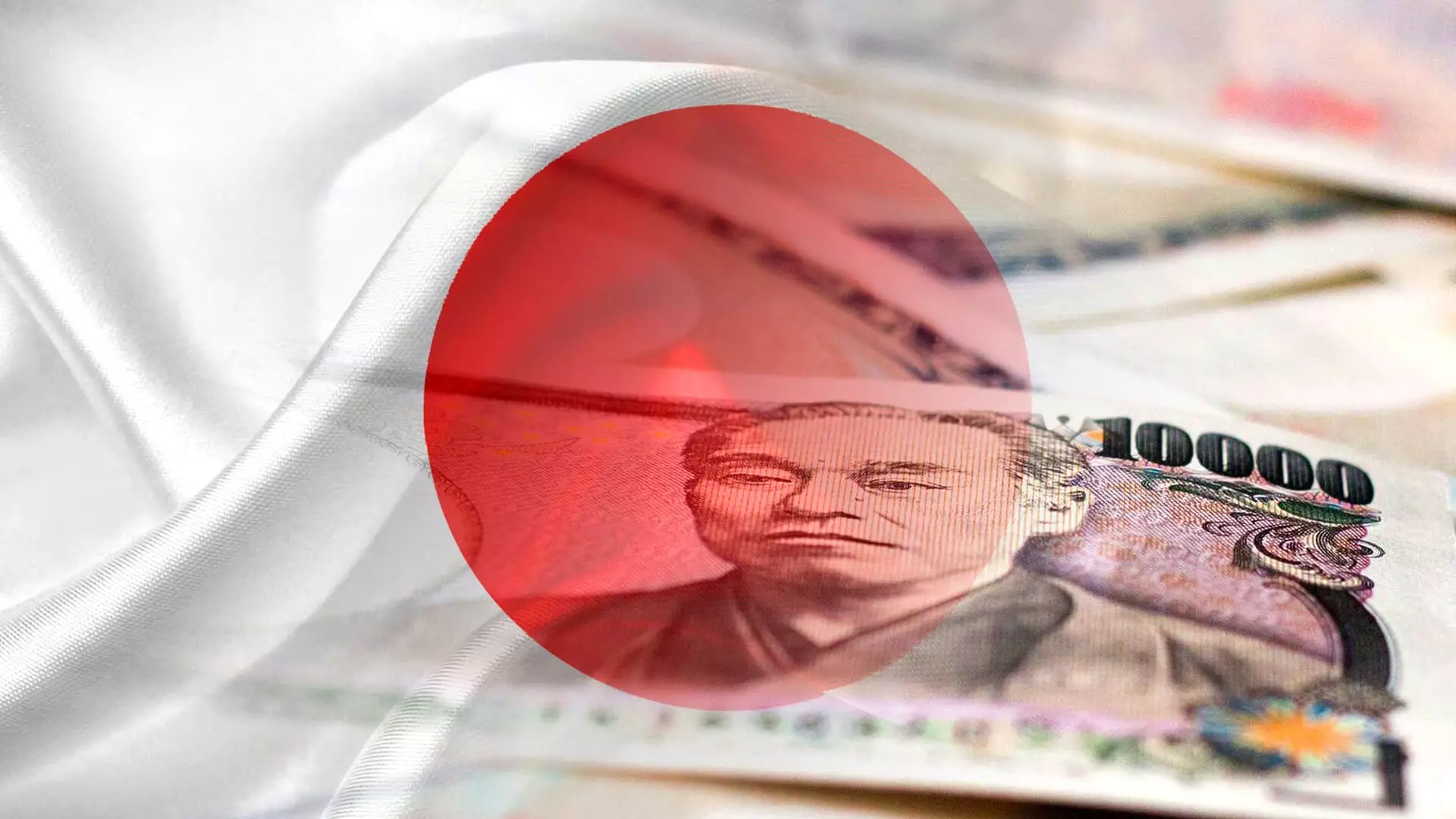After more than a decade, the Bank of Japan has finally decided to raise interest rates, marking the end of the world’s only negative rates regime. This decision comes in light of early signs of robust wage gains in Japan, giving the central bank confidence in the country’s economic growth trajectory.
Despite the increase in interest rates, the Bank of Japan has made it clear that it does not plan to embark on aggressive rate hikes. In its statement, the BOJ mentioned that it anticipates maintaining accommodative financial conditions for the time being, highlighting the fragile nature of the world’s fourth-largest economy.
The central bank raised its short-term interest rates to around 0% to 0.1% from the previous -0.1%, signaling a departure from the negative rates regime that had been in place since 2016. Additionally, the BOJ abolished its radical yield curve control policy, which targeted longer-term interest rates through bond purchases. However, the central bank will continue to purchase government bonds at the same rate as before.
In a historic move, the Bank of Japan announced that it would scale back its radical asset purchases and quantitative easing measures. This includes stopping the purchase of exchange-traded funds and real estate investment trusts, as well as reducing its purchases of commercial paper and corporate bonds over the next year.
Following the BOJ’s decision to end the negative rates regime, the Japanese yen weakened against the US dollar, while the Nikkei stock index experienced fluctuations. Yields on Japanese government bonds also dipped in response to the central bank’s policy changes.
The Bank of Japan has consistently emphasized the importance of wage increases in sustaining economic growth and achieving price stability. The outcome of annual wage negotiations between Japan Inc and its unionized workers is seen as a key factor in driving inflation through increased domestic demand.
As Japan moves towards a more normalized monetary policy stance, the Bank of Japan remains optimistic about the outlook for the economy. With recent wage increases and a solidifying relationship between wages and prices, the central bank believes that the prices stability target will be achieved in a sustainable manner by 2024.
The Bank of Japan’s decision to end the negative rates regime and adjust its asset purchase programs represents a significant shift in the country’s monetary policy. While the central bank remains cautious about the pace of rate hikes, the move signals a vote of confidence in Japan’s economic prospects and the potential for sustained growth in the coming years.

Leave a Reply